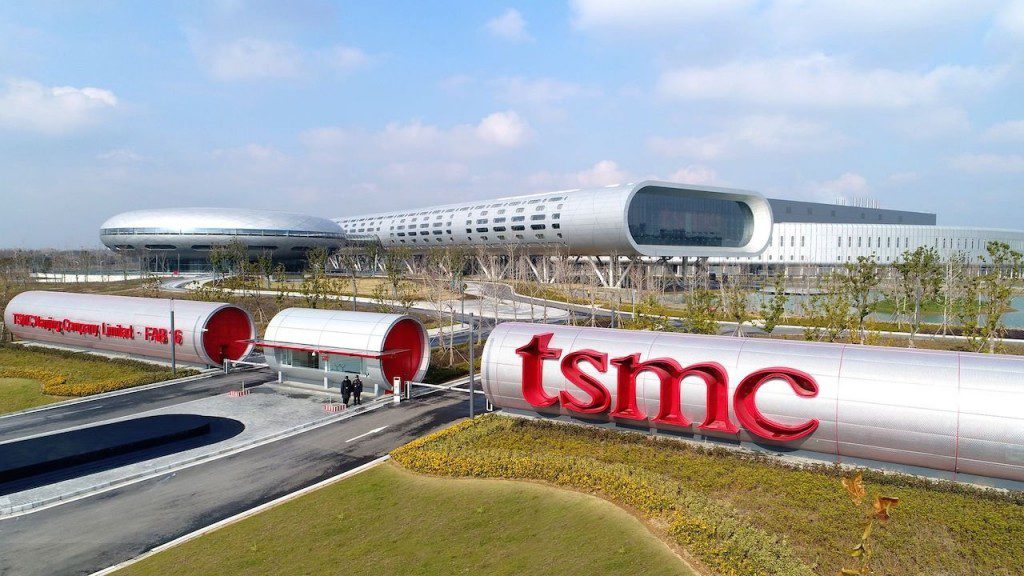One justification for China’s invasion of the island and seizure of fabs owned by Taiwan Semiconductor Production Co., United Microelectronics Corp., and Micron may be Taiwan’s superiority in semiconductor manufacturing. A recent article in Parameters, a prestigious U.S. army periodical, stated that one possible response to such a strategy may be to evacuate employees and destroy the fabrication facilities. But the National Security Bureau of Taiwan says that this might not be necessary.
TSMC requires cutting-edge chip production machinery from businesses like ASML, Applied Materials, and KLA in order to manufacture chips employing cutting-edge process technologies. Without access to cutting-edge machinery and ultra-pure raw materials, China will not only be unable to continue developing cutting-edge manufacturing nodes but also maintain uninterrupted production on current technologies, even if it invades the island and takes control of TSMC’s fabrication facilities.
“TSMC needs to integrate global elements before producing high-end chips,” Chen Ming-tong, director-general of Taiwan’s National Security Bureau, told Taiwanese lawmakers this week, reports Bloomberg. “Without components or equipment like ASML’s lithography equipment, without any key components, there is no way TSMC can continue its production. […] Even if China got a hold of the golden hen, it won’t be able to lay golden eggs.”
The likelihood of a Chinese invasion of Taiwan to annex the island, seize numerous advanced technology, and boost Xi Jinping’s popularity rose in recent years due to China’s faltering economy, tensions with the United States, and internal political conflicts.
But likelihood does not equate to certainty. The United States and the European Union, China’s two biggest economic partners, must continue to be friendly. Furthermore, China’s control of Taiwan can end up being a Pyrrhic victory if it lacks access to manufacturing equipment and technology created in America and Europe as well as financial support from trading partners.

The U.S. sanctions against China’s semiconductor and supercomputer industries show to be reasonably effective. Late last week, the Department of Commerce’s Bureau of Industry and Security (BIS) released new export regulations that, as of October 12, place new licence requirements on machinery used to produce semiconductors for China.
According to the new regulations, American businesses must seek a licence from the U.S. Department of Commerce (DoC) before using tools to produce DRAM ICs on nodes of 18nm and below, logic circuits using 14nm or 16nm nodes, or 3D NAND chips with 128 layers or more. A “presumption of denial” will apply to licences for factories owned by Chinese enterprises, while individual licence requests from multinational corporations will be considered on a case-by-case basis.
This week, American companies Semiconductor Manufacturing International Corp. (SMIC) and Yangtze Memory stopped receiving the proper tools from Applied Materials, KLA, and Lam Research in China (YMTC). Additionally, the aforementioned businesses started to remove their personnel from YMTC’s fabs. Hundreds of billions of dollars have already been taken out of the value of the global semiconductor market as a result of the ruling, and it is yet unclear how much it will have an impact on Applied, KLA, and Lam Research’s respective industries.
Also Read:








